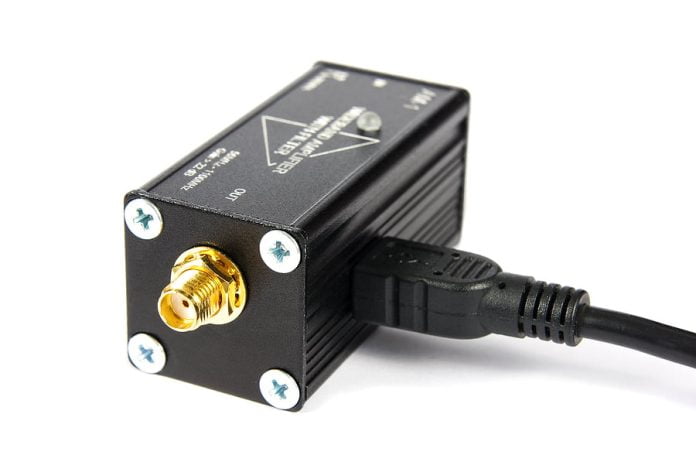We recently found a compact Mitec microwave transmission device when upgrading a CCTV solution – does SEN know anything about this technology, including its range, how old this device might be and whether or not the product is still made?
A: SEN first saw Mitec technology for CCTV applications at Rexel’s Mt Buller Conference in 1996 but the technology’s history is much deeper than that.
In the middle of 1987 word started to leak out of UQ that a team of engineers had developed a microwave transmitter capable of carrying video and audio signals. This wasn’t just any old transmitter mind you. The UQ people had built something tiny. The entire unit could be held in the palm of your hand.
At the time the technology was released by UQ’s Microwave Technology Development Centre (MITEC) Professor Morris Gunn described the technology as a nano-link because it was much smaller than the micro-link previously developed at UQ.
Professor Gunn described the device as being the size of a cigarette packet and said: “The unit is connected to the TV camera by the cable at its base and contains all the microwave electronics required. It also carries the microwave antenna which is the size of a small circular patch about the fingernail on the front of the device.”
To complete the communications system, there is a microwave receiver of similar dimensions and both components allowed the transmission of a video signal at least 1.5km. MITEC also developed slightly larger units that gave performance over longer distances.
Professor Gunn said the system could be used for a range of different tasks including the transmission and receipt of CCTV, radio, computer and other electronic signals around large industrial organisations across city blocks and between buildings.
It was particularly suitable for final connection in a satellite circuit, the so-called last mile link and the developers described the technology as having wide potential applications for security and surveillance.
According to Professor Gunn, the nano-link used 1987’s latest microwave technology in transistors and dielelectric resonator circuits to achieve its superior performance. He said it had several advantages over land lines of the time thanks to its miniature size and the fact it was immediately operable over line-of-sight paths and carried a wide range of signals.
The system operated over a frequency of 10.6 GHz and had a ridiculouly low power demand of 9V supply and 40mA draw, meaning the system was an ideal candidate for use with batteries and/or solar cells in remote locations.
MITEC’s technology was so capable that an independent company was rolled out of UQ and headed up by Dr John Ness. Between 1987 and 1997 MITEC grew to 200 staff and a turnover of $A21 million before going public on the ASX. The company became part of EM Solutions and was acquired by Electro Optic Solutions in 2019. You should direct enquiries there, as well as to former members of the Rexel Video Systems team.
#sen.news









